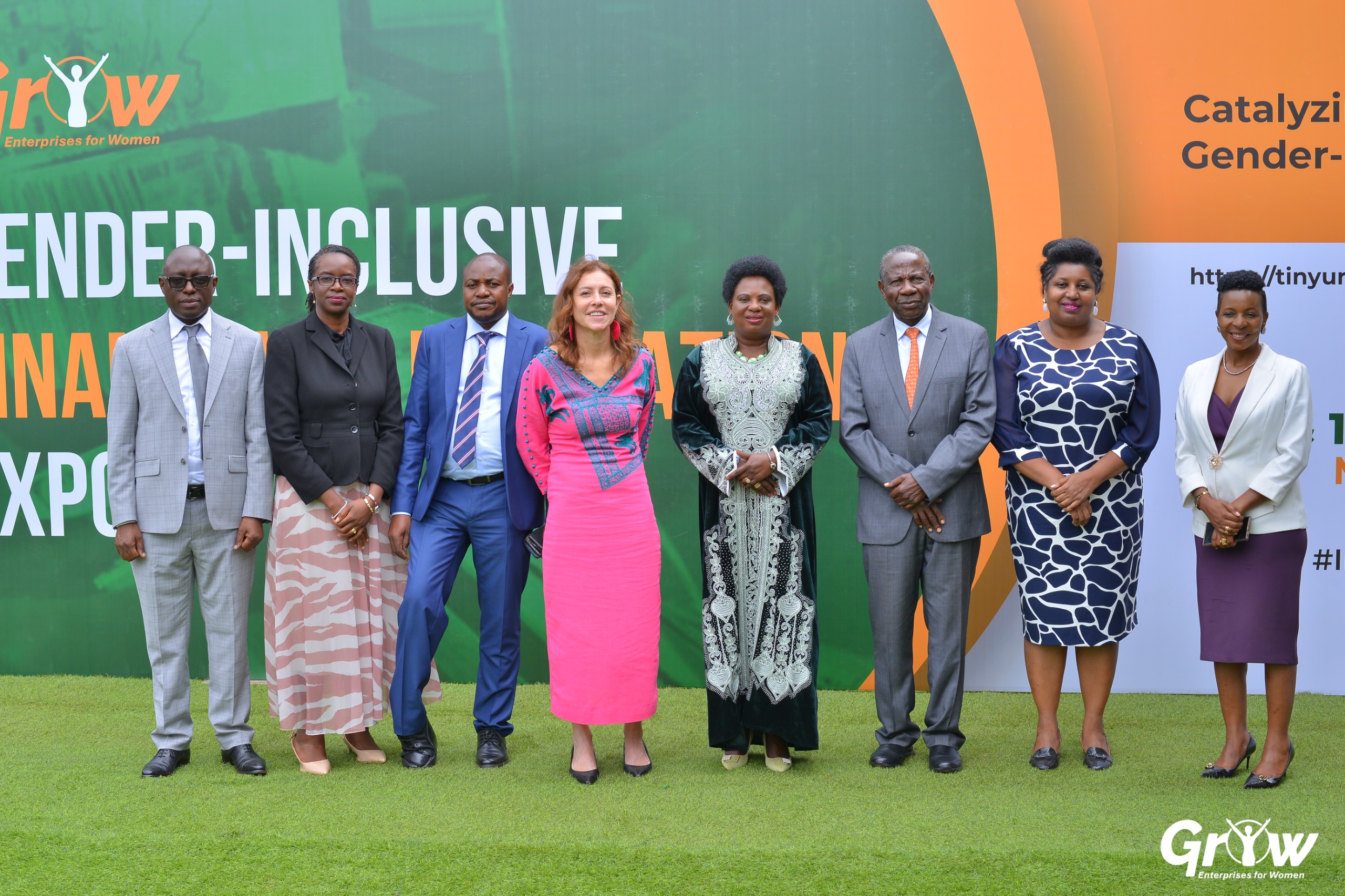In this article, I will highlight how climate change has exacerbated the marginalisation of the Karimojong in Karamoja and beyond.
To begin with, I agree with the incontrovertible evidence provided by Kabiito (2021) that the Karamoja sub-region has consistently been portrayed in a negative light since the beginning of British East Africa colonial rule. The negative portrayal, in my opinion, can be attributed to climate change, specifically drought. For example, in 1980, Karamoja gained global attention when images of malnourished children dying from famine were circulated in Western media. It was estimated that between 20,000 to 30,000 people had succumbed to the effects of climate change in just under a year from 1979 to 1980 (Gartrell 1985).
These ongoing effects of climate change, particularly drought, have pushed the Karimojong’s into marginalisation. Drought, which I refer to here as a “threat-multiplier,” is a significant cause of food insecurity, resulting in famine at the household level.
Akwango et al. (2017) agree that the impoverishment of the Karimojong’s is closely associated with drought, leading to the loss of income generating activities and keeping people in poverty. Infact, UBOS (2025) ranked Karamoja as number one in poverty, and with poverty, no one can receive respect, resulting in continued margnalisation. Additionally, with income poverty, it means the Karimojong’s cannot afford to pay school fees for their children to study meaningful science courses in universities, further perpetuating marganilisation in terms of education at a higher level. From my experience working as an NGO staff member in Karamoja with grassroots communities, I agree with earlier researchers like Mamdani who stated that drought cuts people off from their past and future livelihoods, making them more vulnerable and marganalised within their own territory (Mamdani, 1982).
Empirical evidence shows that climate change causes some Karimojong’s to migrate to other districts, urban centres or cities insearch of survival. However, out migration causes some Karimojong’s to face dehumanizing stereotypes and discrimination, as they are treated with a violent attitude (Musubiika, 2017). A combination of famine, poverty, migrations, and dehumanizing stereotypes caused by climate change has escalated the margnalisation of Karimojongs.
My recommendation to the implementers of climate change adaptation and mitigation measures in Karamoja is to pay attention to the Karimojongs’ own voice on how to cope with climate change in the area. They are experts on this matter and their input is invaluable.
Ayub Mukisa (PhD)
Executive Director-Karamoja Anti Corruption Coalition (KACC)
Email: ayubmukisa@gmail.com
Do you have a story in your community or an opinion to share with us: Email us at editorial@watchdoguganda.com













